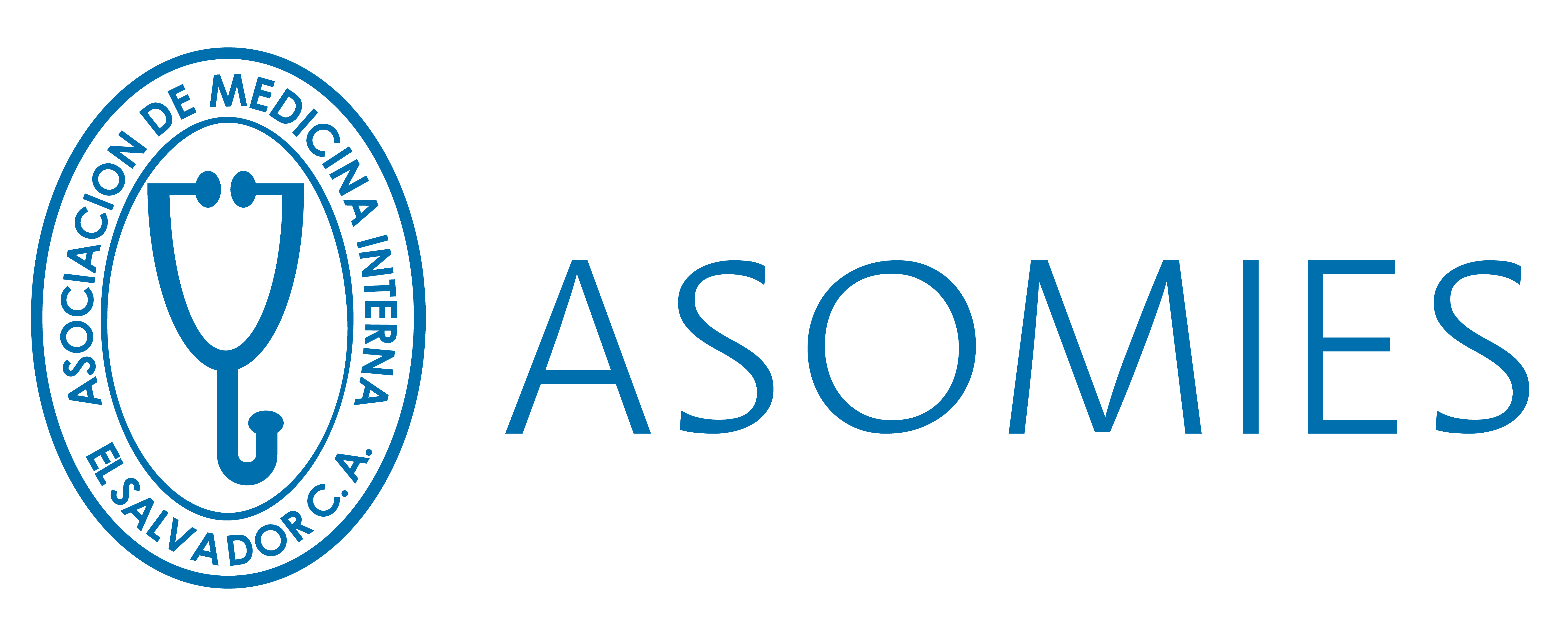Information sourced from NEJM Journal Watch:
Aneurysmal Subarachnoid Hemorrhage Is Often Missed on Initial Head CT
Retrospective review by neuroradiologists found that CT evidence of SAH was missed in half of CT scans reported to be negative for aSAH.
To determine how often initial noncontrast head computed tomography (CT) scans may be misinterpreted as normal in emergency department patients with aneurysmal subarachnoid hemorrhage (aSAH), investigators retrospectively reviewed records at a large health delivery system between 2007 and 2013. They identified 452 patients with a final diagnosis of aSAH, of whom 18 (4%) were diagnosed by lumbar puncture and angiography after their initial CT scans were interpreted as negative by a general radiologist or neuroradiologist.
Two independent, blinded, board-certified neuroradiologists reviewed the initial CT images for these 18 patients and rated them as showing definite (e.g., hyperattenuation in basilar cisterns), probable (e.g., isoattenuation in basilar cisterns), or no evidence of SAH. They deemed that there was definite or probable evidence of SAH in 9 patients (50%) overall and in 5 of 7 patients (71%) who underwent CT within 6 hours of headache onset. Agreement between the two neuroradiologists was 83% for definite SAH and 72% for definite or probable SAH. In the single case in which one reviewer found definite evidence and the other none, their interpretations were right tentorial subdural hematoma and meningitis.
COMMENT
Ali S. Raja, MD, MBA, MPH, FACEP
A number of recent studies suggest that in patients presenting within 6 hours of onset of headache, a negative head CT effectively excludes aSAH. The current study’s results highlight two things: (1) This exclusion is completely dependent on radiologist skill, and it is incumbent upon ordering providers to effectively communicate potential diagnoses to radiologists so that they know what diagnoses to look for; and (2) lumbar puncture is likely still appropriate for certain patients, especially those thought to be at high risk for aSAH (NEJM JW Emerg Med Nov 2013 and JAMA 2013; 310:1248).
Cara Adler, MS, Ali S. Raja, MD, MBA, MPH, FACEP reviewing Mark DG et al. Acad Emerg Med 2016 Apr 17.
Note to readers: At the time NEJM Journal Watch reviewed this paper, its publisher noted that it was not in final form and that subsequent changes might be made.
CITATION(S):
Mark DG et al. False-negative interpretations of cranial computed tomography in aneurysmal subarachnoid hemorrhage. Acad Emerg Med 2016 Apr 17; [e-pub].
[PubMed® abstract]
NEJM Journal Watch is produced by NEJM Group, a division of the Massachusetts Medical Society. Copyright ©2016 Massachusetts Medical Society. All rights reserved.
The above message comes from NEJM Journal Watch, who is solely responsible for its content.
You have received this email because you requested follow-up information to an Epocrates DocAlert® message. For more information about Epocrates, please click here.
For questions, feedback, or suggestions regarding Epocrates DocAlert® messages, please contact the Medical Information Team at docalert@epocrates.com.


